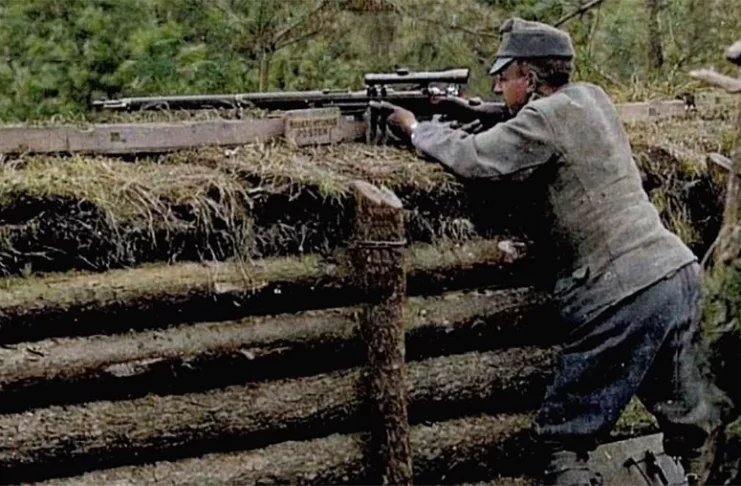The Steyr M95 is a straight-pull bolt action rifle designed by the Austrian engineer Ferdinand Karl Adolf Josef Mannlicher before the First World War. That rifle (aka the Mannlicher M1895 et al) served in vast numbers…but it kind of sucked.
World War 1 represented a tumultuous time in world history. Ancient empires struggled to remain relevant, and vassal states that composed those empires were yearning for self-rule. Military forces were armed with a hodgepodge of rifles, machine guns, swords, pikes, revolvers, and semiautomatic pistols. The cavalry still charged on horseback in some corners of the globe while poison gas rained down on others…
None of which should excuse the designers of the M895. Quite the contrary.
Regardless, off of these battlefields (where to be fair, they killed a lot of people) came the Steyr Mannlicher M1895 rifle.
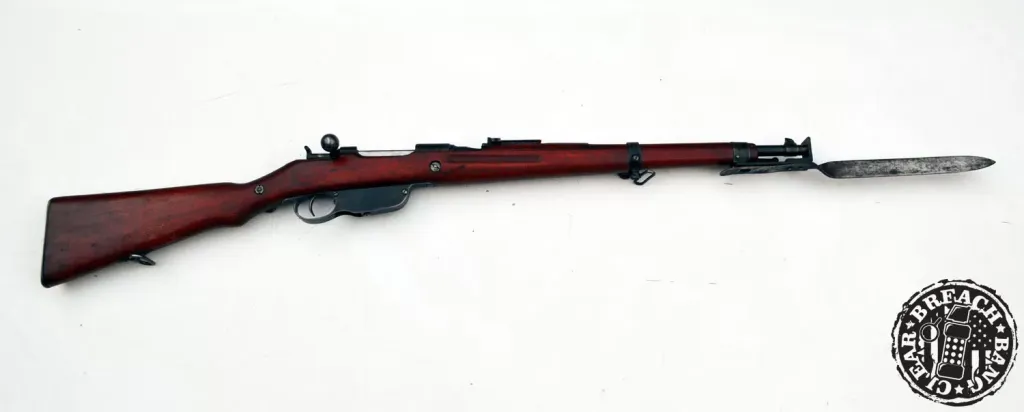

Mannlicher M1895 (~Steyr M95)
The Mannlicher M1895 (Infanterie Repetier-Gewehr M.95) was designed by von Mannlicher to improve his original straight-pull action from the earlier Mannlicher M1890 carbine. This gave the M95 a higher rate of fire (30 to 35 rounds per minute) than a traditional rotating bolt action rifle.
We like to think of them as the poor man's Schmidt-Rubin.
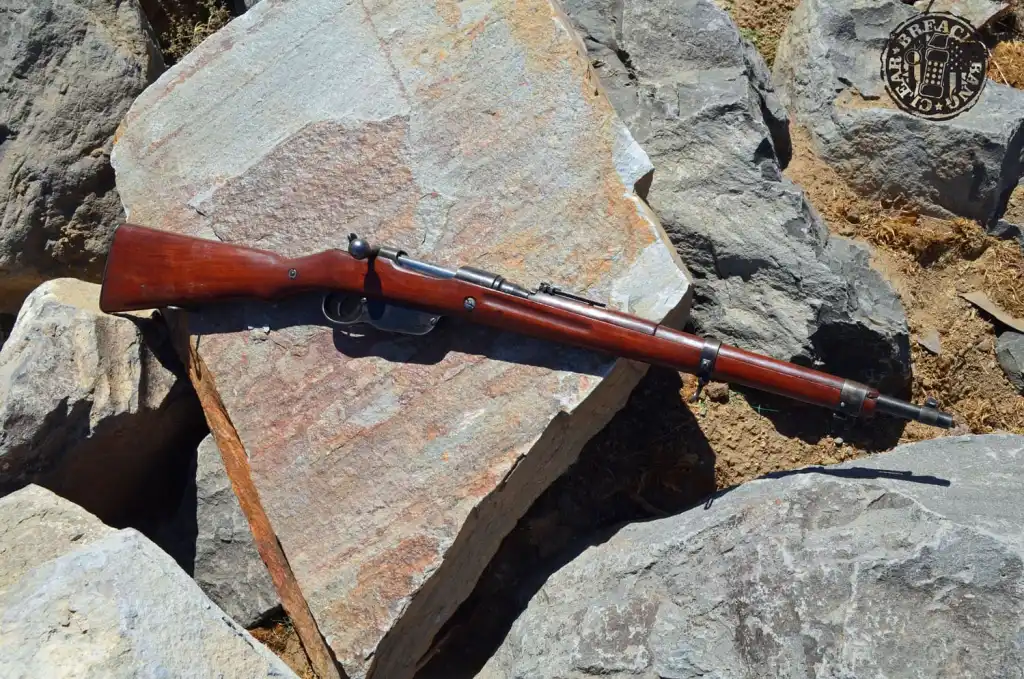
En-Bloc Design
Typical of a Mannlicher design, these rifles are fed via an en-bloc clip instead of a stripper clip.
An en-bloc clip holds the rounds within the clip, and it is inserted into the rifle from the top in the same manner as a magazine. When the last round is fired, the clip drops free through a hole in the lower receiver.
Think of the M1 Garand in reverse. Although if you have a loaded or partially loaded M95, you can push a button on the receiver and send a perfectly full clip of ammunition sailing through the air if you feel the need.
Fielded in the First World War by the Austro-Hungarian Empire, the Bulgarian military bought large quantities of them beginning in 1903. After the war ended and the Austro-Hungarian Empire was dissolved, the rifle continued to see use by the armies of Austria and Hungary but also in many of the Balkan states where the rifle was given to these countries as part of war reparations.
Over 3 million of the venerable bolt action rifles were ultimately manufactured, roughly 3/4 of them at Österreichische Waffenfabriks-Gesellschaft, Steyr. Most of the remainder were produced at Budapest's Fegyver és Gépgyár Rt.
…
Steyr Männlicher: from 8x50mmR to 8x56mmR
Initially, these rifles were chambered in 8X50mmR. This round was the Austro-Hungarian Empire's first step toward a smokeless powder round, as the powder used was considered “semi-smokeless”. So when the M95 came out, they used true smokeless powder in the loading and achieved 2035 fps with a 244-grain round-nosed bullet.

Some M95 rifles were converted to 8×57 Mauser (the German 7.92×57 ammunition. A couple of years later Austria and Hungary re-chambered the lions share of their rifles in the same cartridge as used in the Steyr-Solothurn light machine gun (MG-30, q.v.): 8X56mmR. To date no one we're aware of has upgraded one to 6.5 Creedmore, but that's probably just a matter of time.
The loading of the 8x56R round was similar but used a 210-grain conical or Spitzer bullet. Keep in mind that they did two things: they made a more powerful round while shortening the barrel.

Mannlicher M1895 series sights
There was one other thing they did that makes us think that Hans and Klaus were very much asleep at the switch.
They changed the rear sight measurement from paces to meters.
Seems legit. Old action, new shorter barrel, and a more powerful smokeless round, why would you not change the sights?
That's what I thought; from their perspective, it was 40 years ago when they were pacing toward the enemy in foppish uniforms with a five-foot-long rifle complete with a sword bayonet mounted on it. Now they were fielding something shorter and more powerful. Paces be gone! We need meters dammit!
Again, we go back to our arms engineers sleeping on fire watch.
When we picked up a Steyr M95 for the first time, there was a note on the side about how the rifle was hitting two feet high at 100 yards. It sounded like we had a shooter who was off to one end on some kind of spectrum so we took the Pepsi challenge and sure as hell, he was right.
Then we looked at the rear sight and shook our heads thinking of the legacy of those early 20th-century engineers whose descendants would produce the Glock, Steyr AUG, HK P7M8, and a plethora of other Teutonic goodness.
The sight's lowest setting is 600 meters and goes up. Not exactly something a Jerry should have been toting in either of the World Wars if they wanted a tactical advantage if you ask me. But they didn't, so there's that.
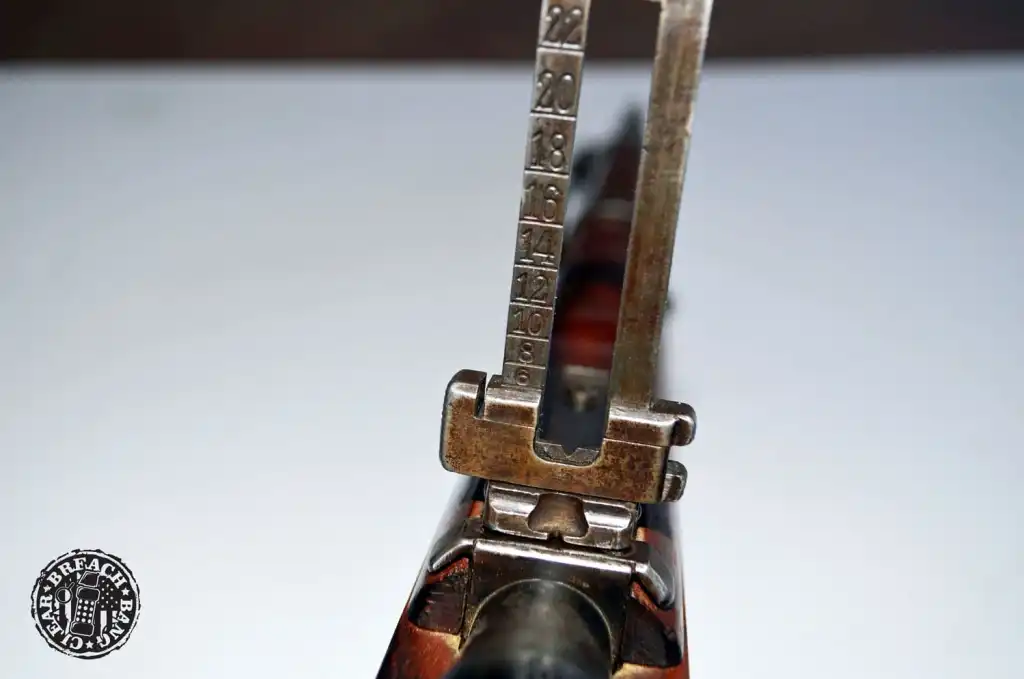
In our estimation, the sights are kind of on the small size for long-range, too. I guess they were preoccupied with new strains of mustard gas and rocketry experiments to really notice.
Still, we use our M95 to ring the same steel we do with our M1A and open sights. It's not nearly as accurate, kicks like two rented mules, but damnit, we hit about eight times out of ten.
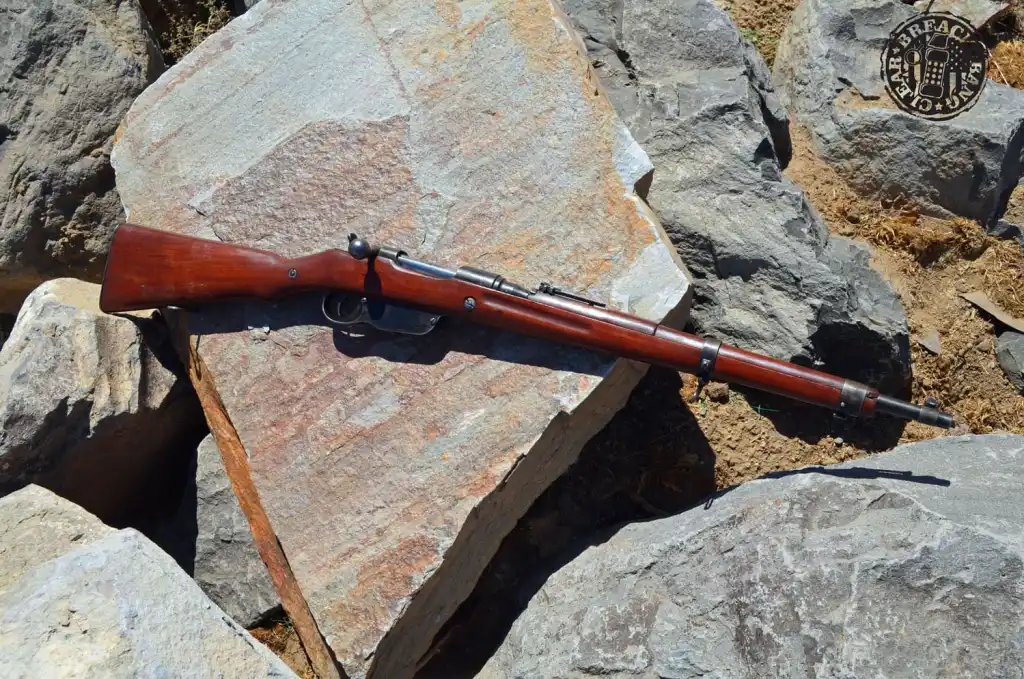
…
You can find a more in-depth review on the Steyr M95 in a couple past issues of Legendary Arms, published by Inside Military Surplus. Check it out if you have some time.
The Mannlicher M1895s do represent a unique footnote in small arms development, especially in the realm of what not to do with sights.
Check current MilSurp Prices
• On Gun.Deals
• At Guns.com
• Some accessories are available on Amazon
• Mannlicher Military Rifles (History
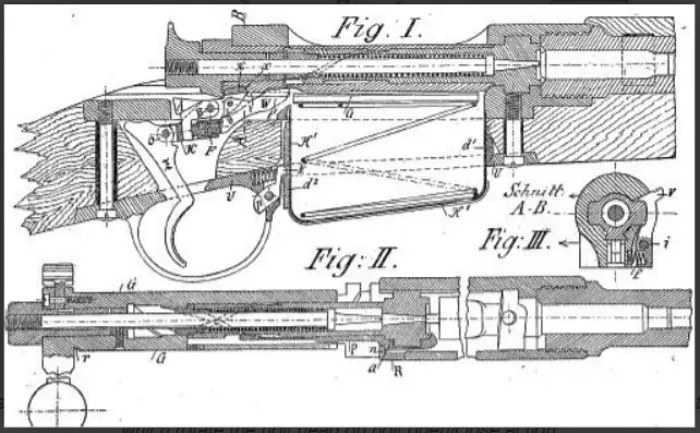
Steyr-Mannlicher M1895 Carbine: Smithsonian Style
The weapon, bearing serial number 3775V, is a carbine variant of the M1895 housed at the Smithsonian Institute's National Museum of American History. It measures 40 inches long but they don't have the weight listed. If you'd like to know more, check out catalog number 59595M.
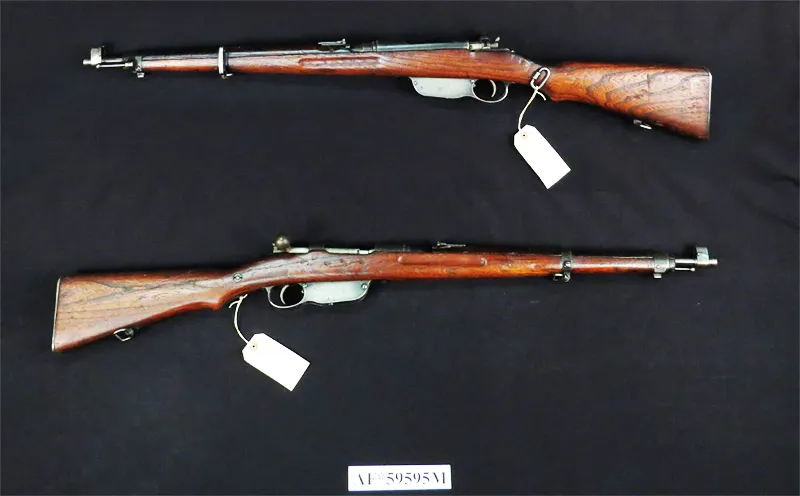
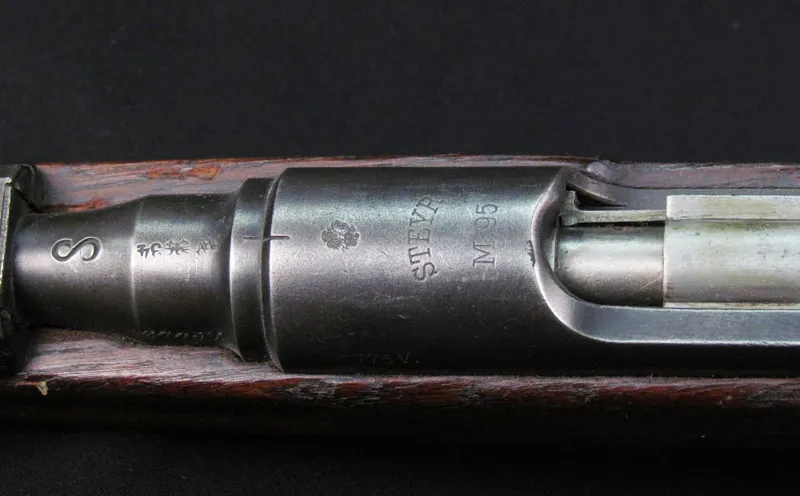
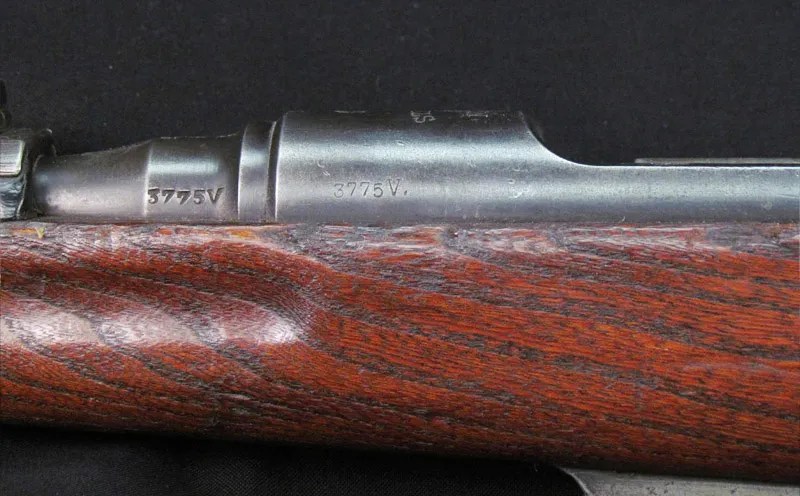
Read the original article in its entirety at Breach Bang Clear.


